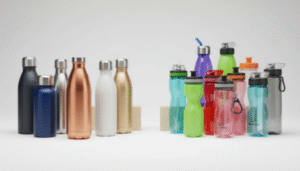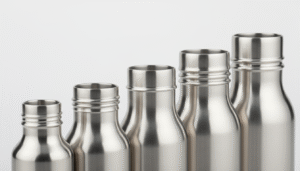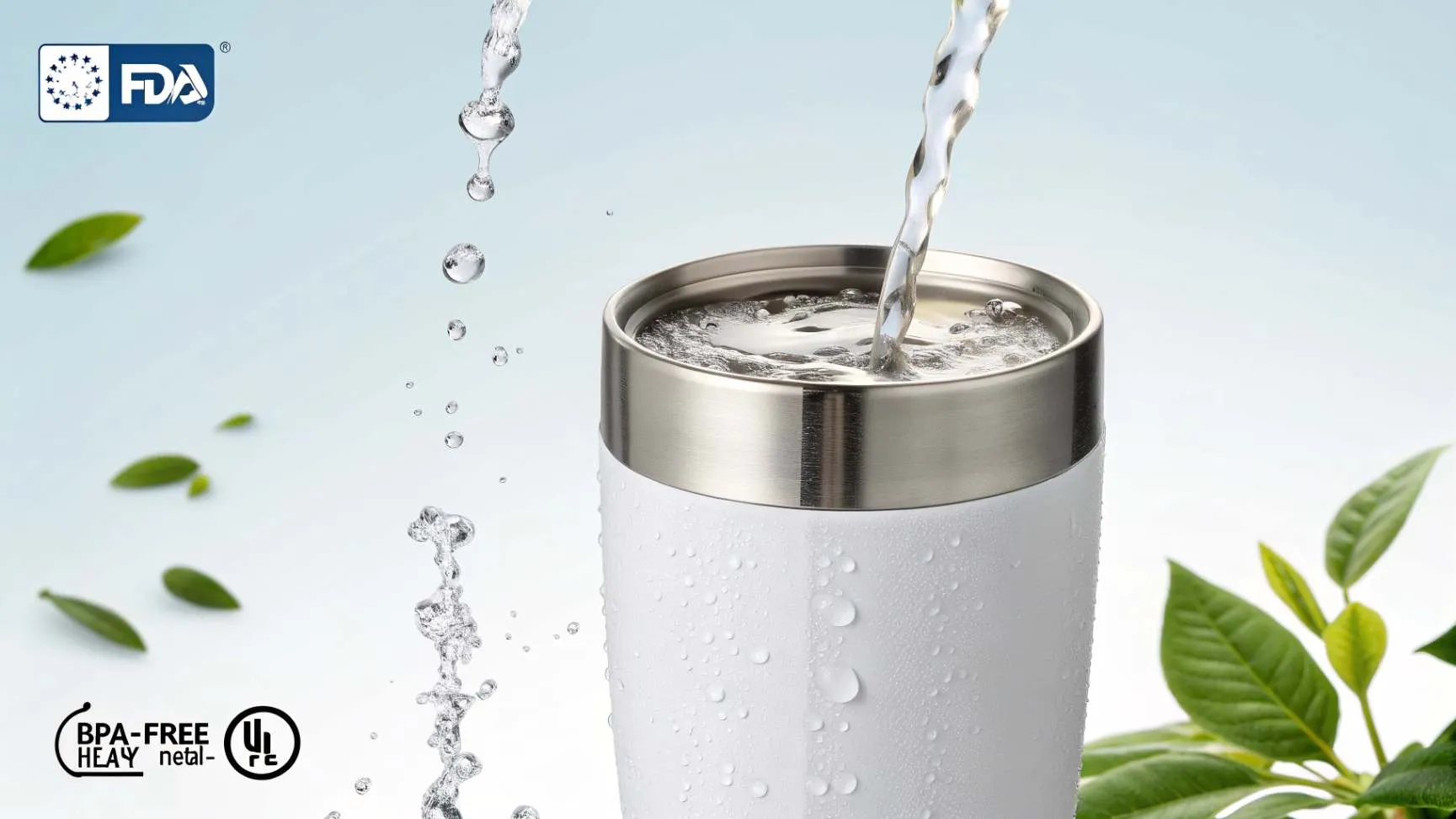
Ceramic-lined stainless steel water bottles are generally safe when manufactured properly with high-quality materials and certified by reputable testing organizations. The ceramic coating creates an inert barrier between your beverage and the metal, preventing metallic taste while avoiding the chemicals found in plastic alternatives.
As a manufacturer with over a decade of experience producing premium stainless steel drinkware, I've witnessed firsthand how ceramic-lined bottles have revolutionized the industry. However, not all ceramic coatings are created equal. Let's explore the critical safety and performance considerations you need to know before investing in these products.
Ceramic-lined stainless steel water bottles are safe when properly manufacturedTrue
The paragraph states these bottles are generally safe when made with quality materials and certified.
Ceramic-lined stainless steel water bottles can leach chemicals into the waterFalse
The paragraph indicates the ceramic coating creates an inert barrier to prevent metal from contacting the beverage.
Is a Ceramic-Lined Bottle Actually Safe for Daily Use
Many customers worry about unknown chemicals leaching into their beverages. This concern is valid, especially with the countless options flooding the market today.
A properly manufactured ceramic-lined bottle from a reputable supplier is safe for daily use. The safety depends on the quality of ceramic material, manufacturing integrity, and proper application process. High-fired, food-grade ceramic creates an inert barrier that prevents metal leaching and preserves beverage taste.

Understanding Ceramic Coating Safety Factors
The safety of ceramic-lined bottles isn't absolute but depends on several critical factors. In my years of manufacturing, I've identified these key elements that determine whether a ceramic coating is truly safe:
| Safety Factor | What to Look For | Why It Matters |
|---|---|---|
| Manufacturing Integrity | Transparent sourcing, consistent application | Prevents weak spots that could lead to leaching |
| Certification Standards | FDA, LFGB, California Prop 65 compliance | Ensures testing for harmful substances |
| Quality Control | Batch testing, production oversight | Maintains consistency across all products |
| Material Purity | Food-grade ceramic formulation | Prevents contamination from industrial ceramics |
I remember visiting a factory that claimed to produce "ceramic-lined" bottles at surprisingly low prices. Upon inspection, I discovered their coating was inconsistently applied and hadn't been properly cured. This would have created serious safety issues for end users. This experience taught me that proper manufacturing processes are non-negotiable for safety.
For businesses sourcing these products, I strongly recommend requesting comprehensive material safety data sheets and batch-specific testing results. The investment in proper testing and verification protects both your business and your customers.
Ceramic-lined bottles are safe for daily use if properly manufacturedTrue
High-quality ceramic material and manufacturing process create an inert barrier preventing leaching.
All ceramic-lined bottles are unsafe for daily useFalse
Properly manufactured ceramic-lined bottles from reputable suppliers are safe for daily use.
Is There BPA in Ceramic Coatings
Customers frequently ask about BPA when considering any food-contact product. This chemical has received significant negative attention in recent years.
True ceramic materials do not contain Bisphenol A (BPA). BPA is found in certain plastics and epoxy resins, not in ceramic. If you see "BPA-free" on ceramic-lined bottles, this likely refers to plastic components like the lid, not the ceramic coating itself.
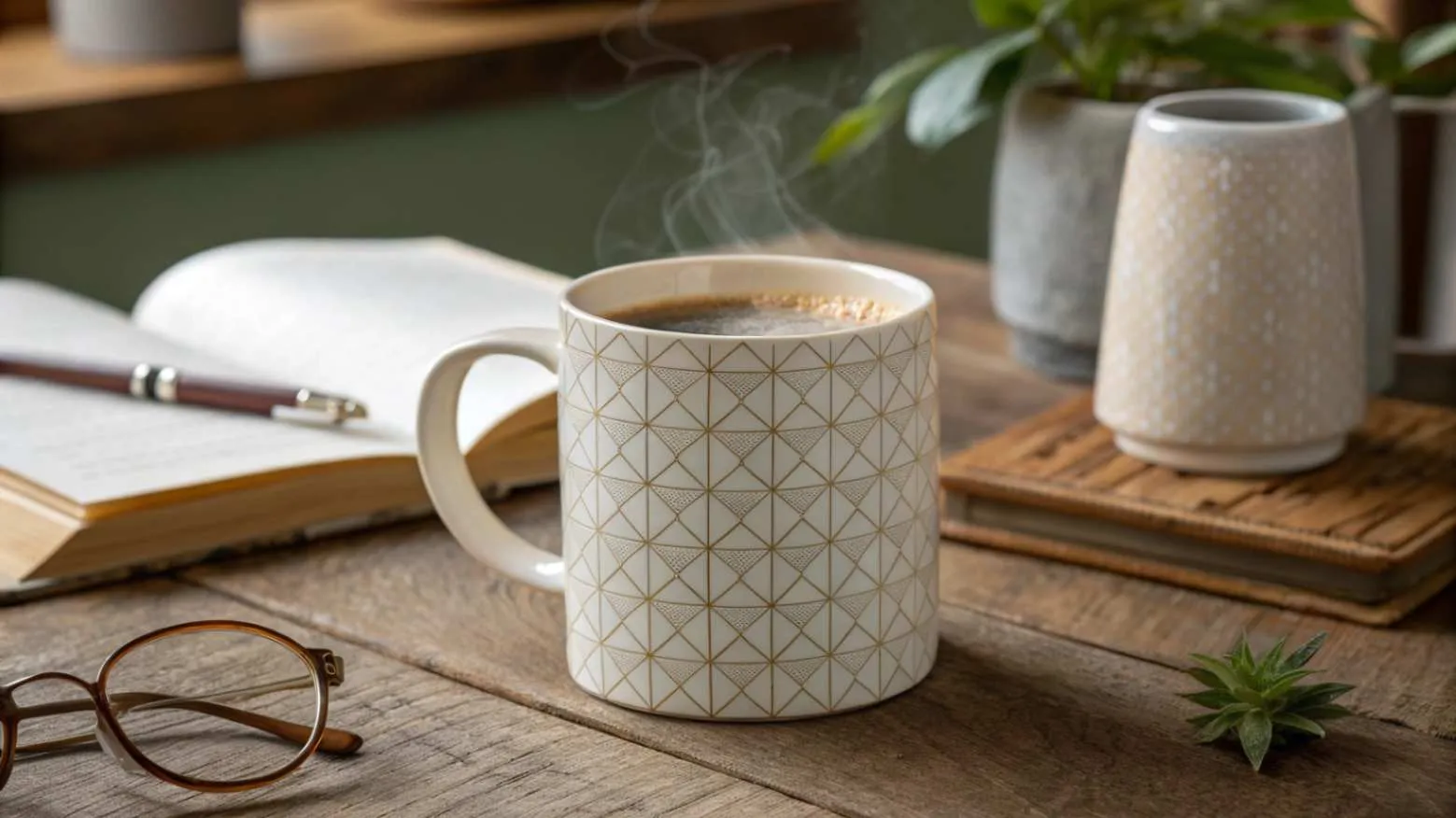
Understanding Material Composition in Drinkware
When evaluating ceramic-lined bottles, it's important to understand what materials are actually present. This knowledge helps you make informed decisions and avoid marketing confusion:
| Component | Material Composition | Potential Concerns |
|---|---|---|
| Ceramic Lining | Fired clay, minerals, inorganic compounds | Heavy metals (in poor quality products) |
| Bottle Body | 304 or 316 stainless steel | Nickel or chromium leaching (if unlined) |
| Lid/Cap | Food-grade plastics, silicone | BPA, BPS, phthalates |
| Seals/Gaskets | Silicone, rubber compounds | Synthetic chemicals, durability issues |
In our factory, we use only certified BPA-free components for all plastic parts. The ceramic coating itself is formulated from natural minerals that undergo high-temperature firing, creating an inert surface. This process eliminates concerns about plastic-related chemicals while providing a clean taste experience.
For businesses and consumers alike, understanding these material distinctions helps cut through marketing claims and focus on what truly matters for safety and performance.
What Should You Avoid With Ceramic Coatings
Many users damage their ceramic-lined bottles through improper use or maintenance. This can compromise both safety and performance.
Avoid dropping ceramic-lined bottles or using metal utensils inside them, as this can chip the coating. Don't use abrasive cleaners or scrubbers that can wear down the ceramic surface. When sourcing these products, avoid suppliers without proper certification or those offering suspiciously low prices.
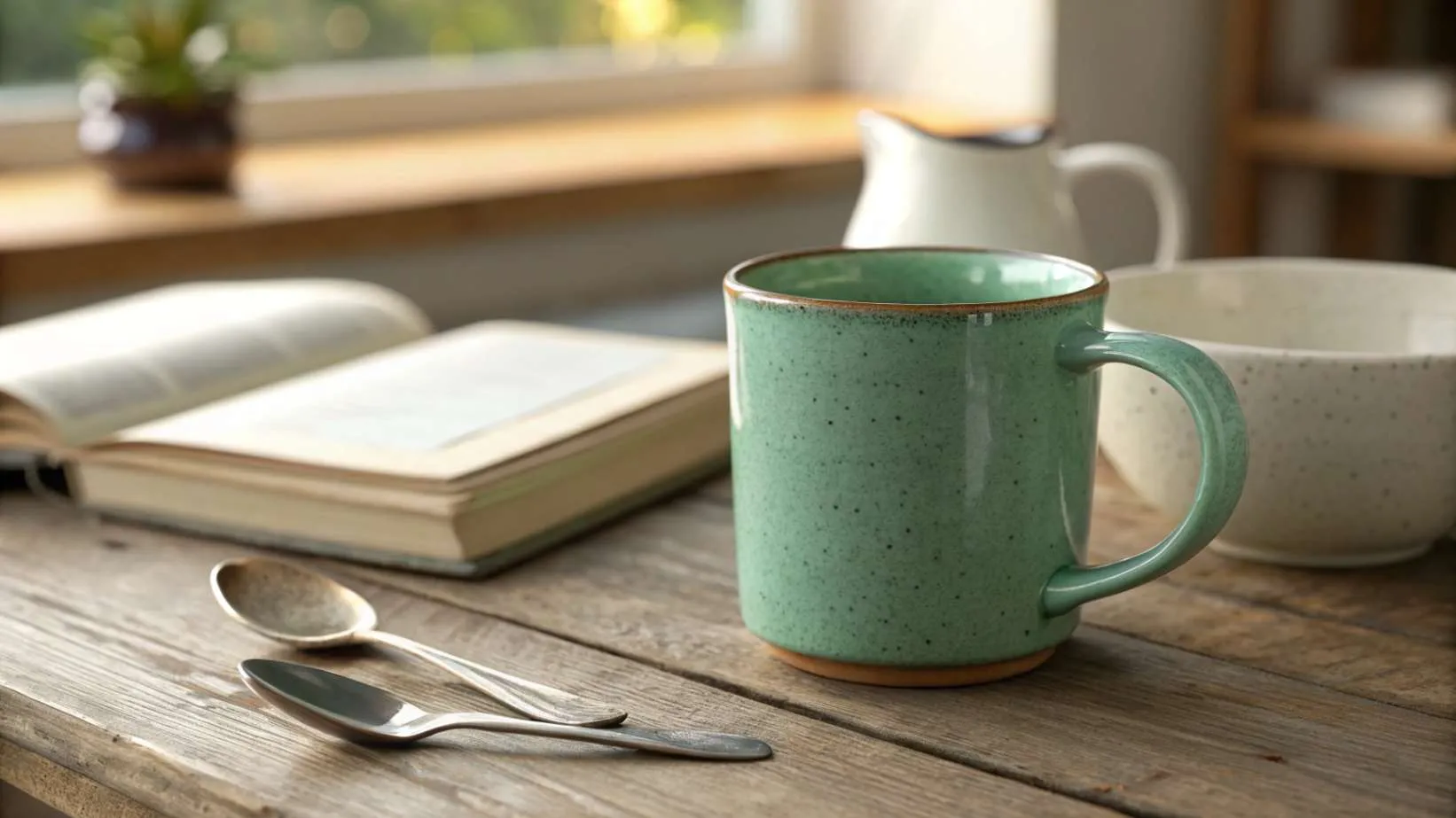
Best Practices for Ceramic-Lined Bottle Care and Sourcing
Based on my experience manufacturing and testing thousands of ceramic-lined bottles, I've developed clear guidelines for both consumers using these products and businesses sourcing them:
| For Consumers | For Business Buyers |
|---|---|
| Hand wash gently with mild soap | Require comprehensive material safety data sheets |
| Avoid metal utensils inside the bottle | Verify third-party testing certifications |
| Don't freeze or microwave | Request sample batch testing for heavy metals |
| Replace if coating shows damage | Inspect manufacturing facilities when possible |
| Use soft bottle brushes for cleaning | Be wary of prices significantly below market average |
One of our retail partners once reported multiple customer complaints about a particular batch of bottles. Our investigation revealed that the ceramic coating had been applied too thinly in that production run. This experience reinforced our commitment to rigorous quality control at every stage of manufacturing.
For businesses considering ceramic-lined bottles, I recommend establishing clear quality specifications with your supplier and implementing a regular testing protocol for incoming shipments. This proactive approach prevents quality issues from reaching your customers.
Avoid using metal utensils in ceramic-lined bottlesTrue
Metal utensils can chip the ceramic coating.
Ceramic-lined bottles are safe to drop without damageFalse
Dropping ceramic-lined bottles can chip the coating.
Is Ceramic Coating Non-Toxic
Health-conscious consumers increasingly question the safety of materials that contact their food and beverages. This concern extends to ceramic coatings.
High-quality ceramic coatings designed for food contact should be non-toxic and inert, meaning they don't react with beverages or leach chemicals. However, this claim must be verified through independent laboratory testing, particularly for heavy metals like lead and cadmium.
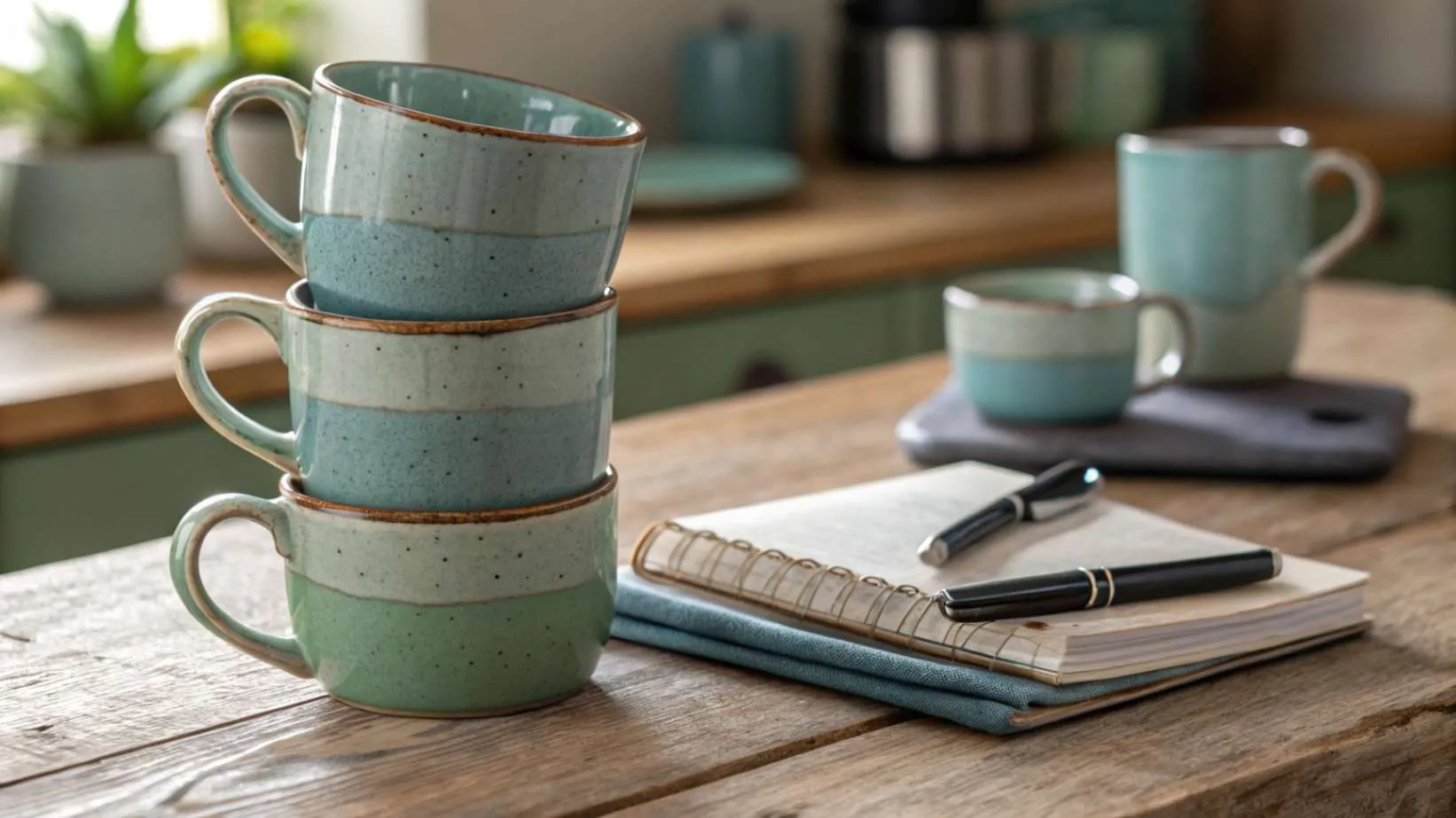
Verifying Safety Claims in Ceramic Products
The term "non-toxic" can be misleading without proper verification. In my years working with ceramic-lined products, I've developed a systematic approach to ensuring genuine safety:
| Testing Parameter | Standard/Method | Acceptable Limits |
|---|---|---|
| Lead Leaching | FDA CPG Sec. 545.400 | <0.5 μg/mL for adults |
| Cadmium Leaching | FDA CPG Sec. 545.450 | <0.25 μg/mL for adults |
| Overall Migration | EU 10/2011 | <10 mg/dm² |
| Specific Migration | Various by compound | Compound-specific limits |
| Sensory Testing | Taste/odor evaluation | No detectable alteration |
I once visited a ceramic coating facility that claimed their product was "completely non-toxic" but couldn't provide any testing documentation. This red flag prompted us to conduct our own testing, which revealed concerning levels of lead that could leach under acidic conditions. This experience reinforced my belief that verification is essential—never take safety claims at face value.
For businesses, I recommend establishing a regular testing schedule for your ceramic-lined products, even after initial verification. Material formulations can change, and ongoing vigilance protects both your customers and your reputation.
High-quality ceramic coatings are non-toxic for food contactTrue
The passage states that high-quality ceramic coatings are designed to be non-toxic and inert for food contact.
All ceramic coatings are automatically non-toxic for food contactFalse
The passage notes that the claim of non-toxicity must be verified through independent testing, implying not all ceramic coatings are automatically safe.
What Are the Downsides to Ceramic Coating
While ceramic linings offer many benefits, they're not without limitations. Understanding these helps set realistic expectations.
The main downsides of ceramic coatings include reduced durability compared to bare stainless steel, higher manufacturing costs, potential for chipping or cracking with impact, and more complex cleaning requirements. These factors must be weighed against the benefits of improved taste and reduced metal leaching.

Balancing Benefits and Limitations of Ceramic Coatings
After producing both standard stainless steel and ceramic-lined bottles for years, I've compiled this honest assessment of the tradeoffs:
| Aspect | Ceramic-Lined Advantage | Ceramic-Lined Limitation |
|---|---|---|
| Durability | Prevents metal taste/odor | More prone to damage from impacts |
| Cost | Premium market positioning | 15-30% higher manufacturing cost |
| Maintenance | Easy to clean when new | Requires more careful handling |
| Performance | Better with acidic beverages | Slight impact on thermal performance |
| Longevity | Prevents corrosion of metal | Coating may deteriorate over time |
In our product development process, we once created an ultra-thin ceramic coating to reduce costs. While initially successful, these bottles showed significantly faster wear and coating degradation. We quickly returned to our standard coating thickness despite the higher cost, recognizing that long-term performance couldn't be sacrificed.
For businesses considering ceramic-lined products, I recommend clearly communicating both benefits and limitations to customers. Setting realistic expectations leads to higher satisfaction and fewer returns or complaints.
Ceramic coatings are less durable than bare stainless steelTrue
The section states that ceramic coatings have reduced durability compared to bare stainless steel.
Ceramic coatings eliminate the need for cleaningFalse
The section states that ceramic coatings have more complex cleaning requirements.
Does All Ceramic Contain Lead
The presence of lead in ceramic products has been a historical concern, causing confusion and worry among consumers.
Not all ceramic contains lead. Modern food-grade ceramic coatings designed for beverage containers are typically formulated to be lead-free. However, this isn't universal, particularly with decorative ceramics or products from unverified sources. Proper testing and certification are essential to verify lead-free claims.

Understanding Lead Risk in Ceramic Products
The concern about lead in ceramics isn't unfounded, but it requires context. Based on my experience in the industry:
| Ceramic Type | Lead Risk | Verification Method |
|---|---|---|
| Modern Food-Grade Coatings | Very Low | XRF testing, acid leach testing |
| Decorative Ceramic Glazes | Moderate to High | Should not be used for food contact |
| Traditional/Artisanal Ceramics | Variable | Requires individual testing |
| Industrial Ceramic Coatings | Variable | Not designed for food contact |
| Certified Food-Safe Ceramics | Very Low | Look for FDA, LFGB certification |
Early in my career, I encountered a supplier offering ceramic-lined bottles at an unbelievably low price. When we tested samples, we discovered the coating contained significant lead levels—they were using industrial ceramic formulations not designed for food contact. This experience taught me the importance of rigorous supplier verification.
For businesses, I recommend implementing a zero-tolerance policy for lead and other heavy metals in food-contact ceramics. This requires comprehensive testing of initial samples and regular verification of production batches. The investment in proper testing protects both your customers and your business from serious health and liability issues.
Modern food-grade ceramic coatings are typically lead-freeTrue
The paragraph states that modern food-grade ceramic coatings are typically formulated to be lead-free.
All ceramic products are guaranteed to be lead-freeFalse
The paragraph states that this is not universal, particularly with decorative ceramics or products from unverified sources.
Conclusion
Ceramic-lined stainless steel bottles offer a premium solution that combines the durability of metal with a clean-tasting, non-reactive interior—but only when properly manufactured and verified for safety. By understanding these critical considerations, you can make informed decisions for your business and customers.





